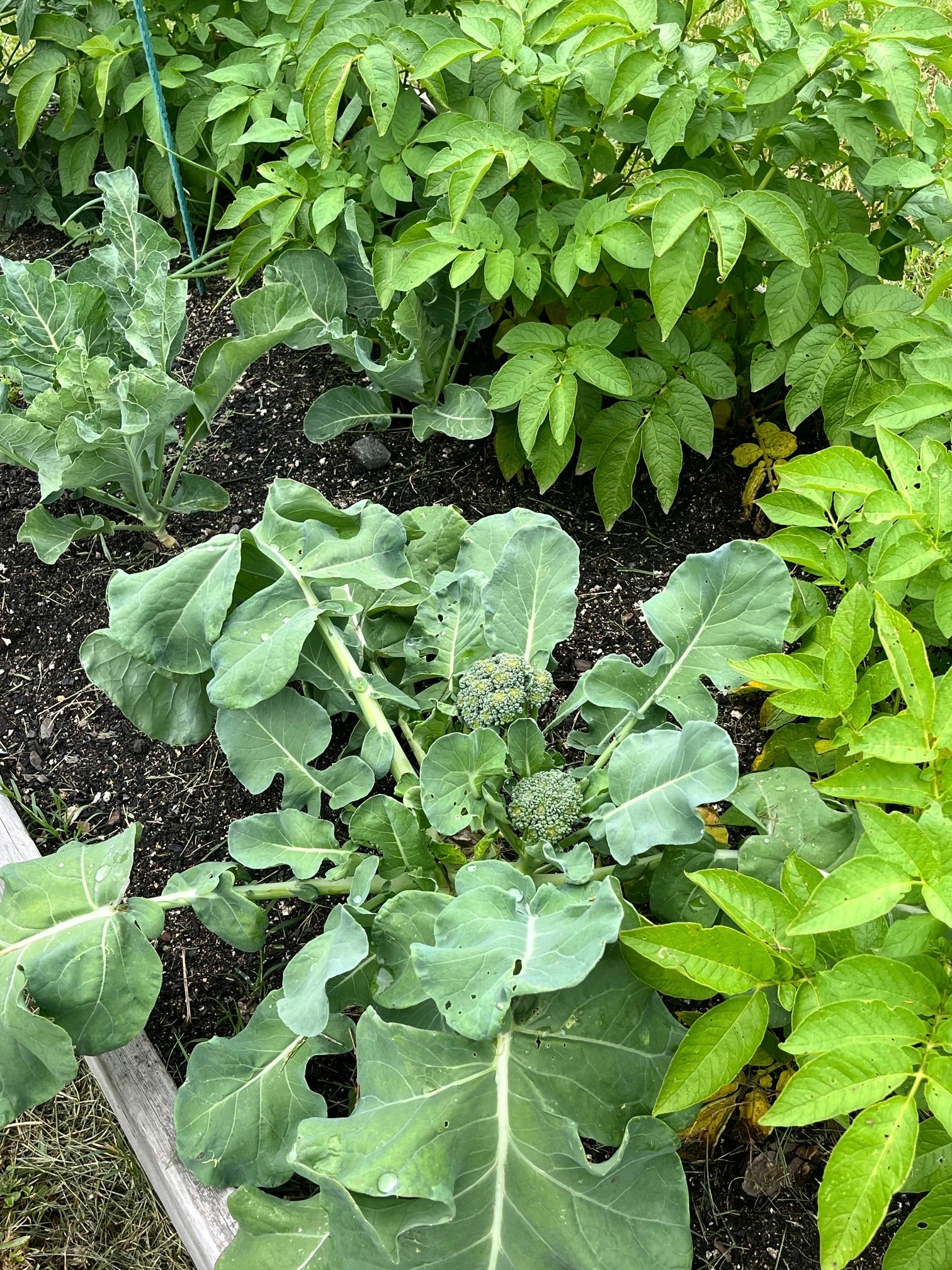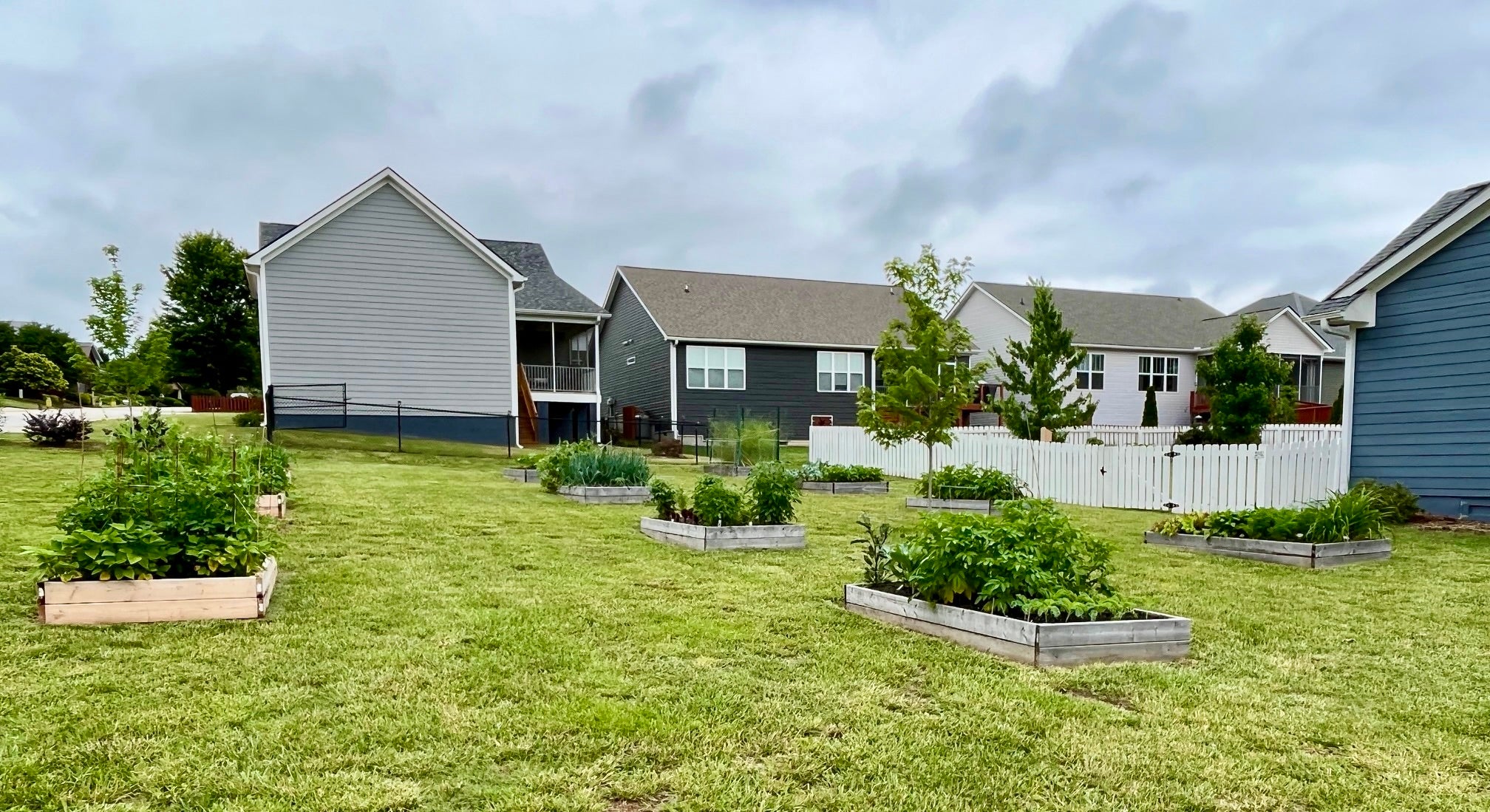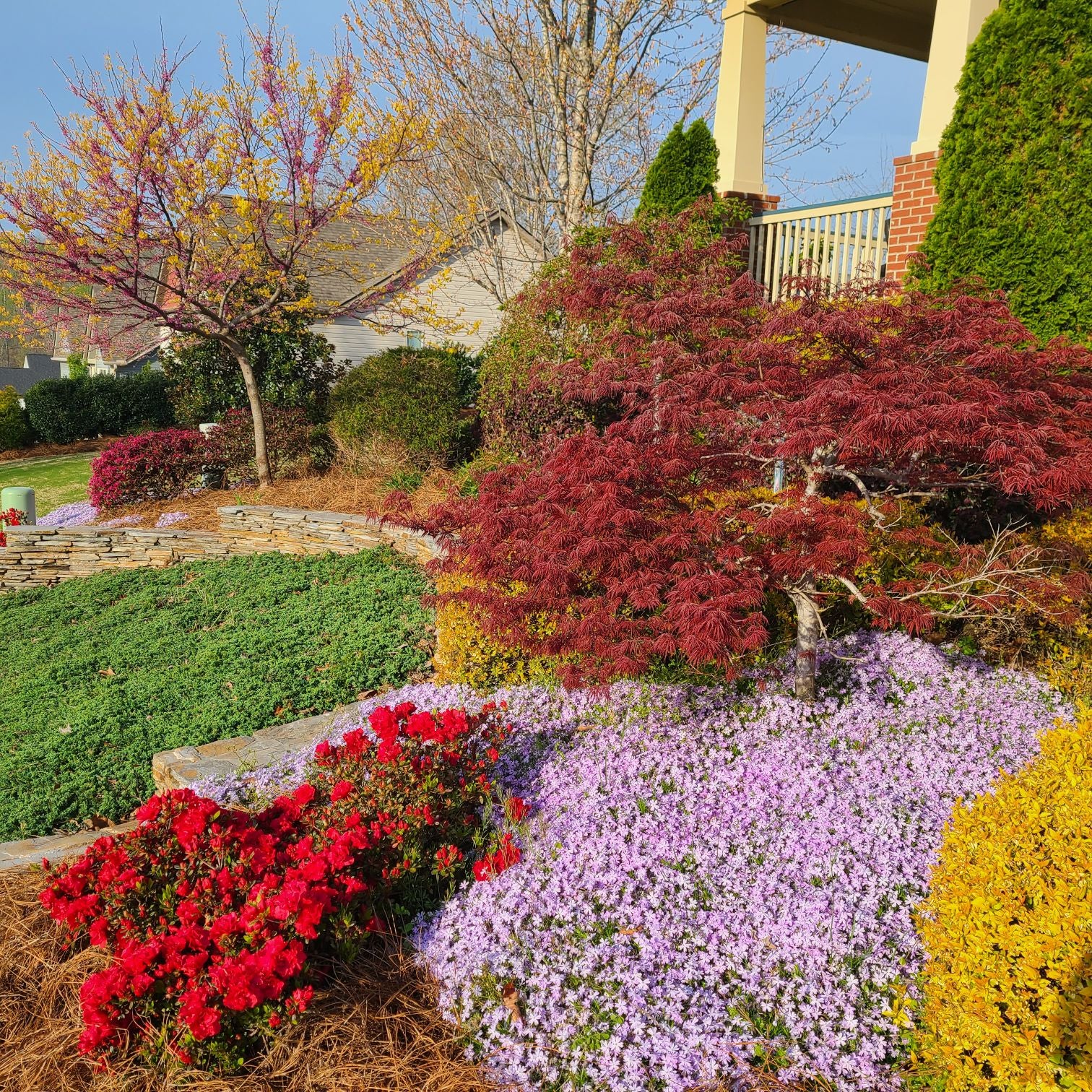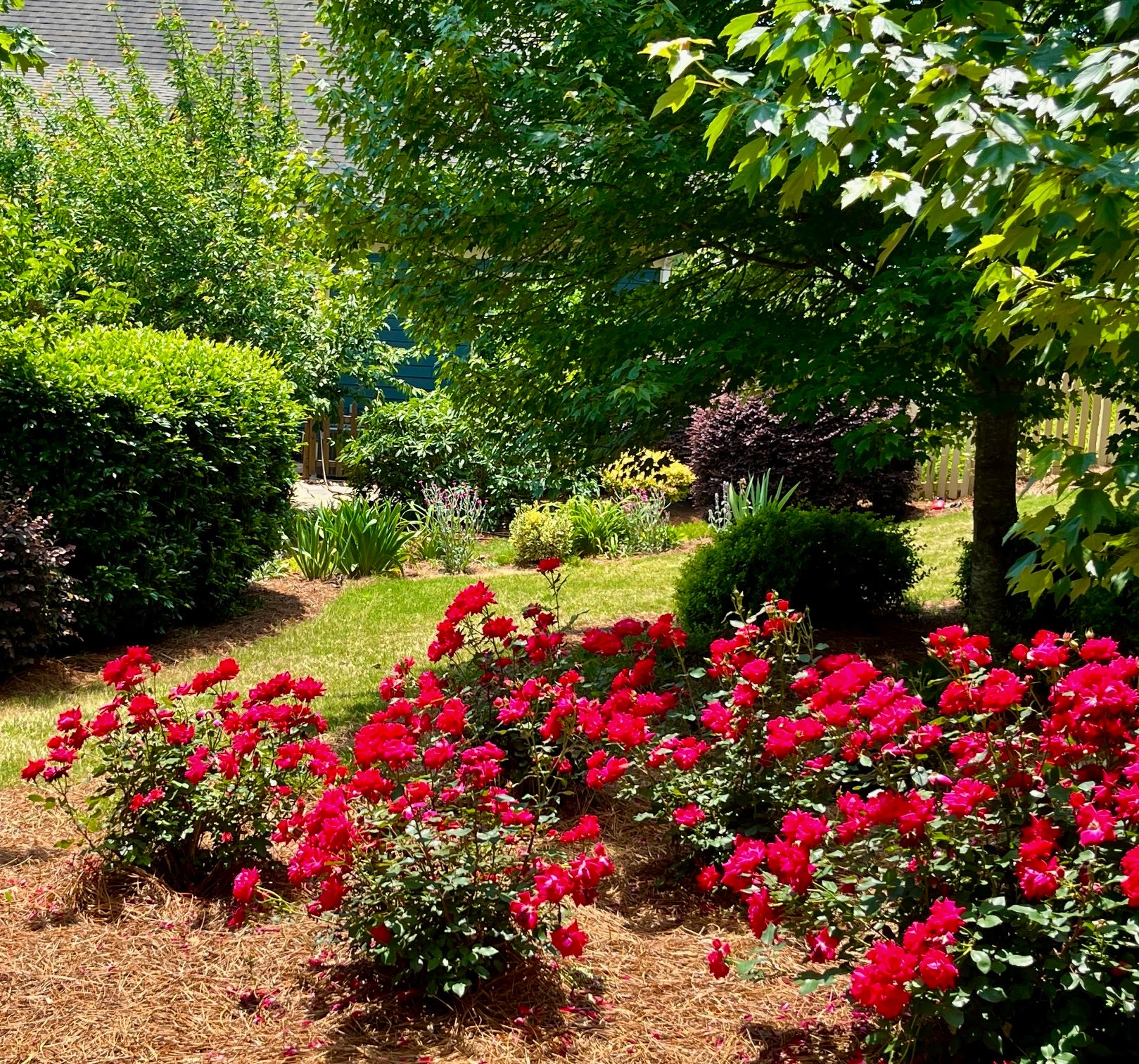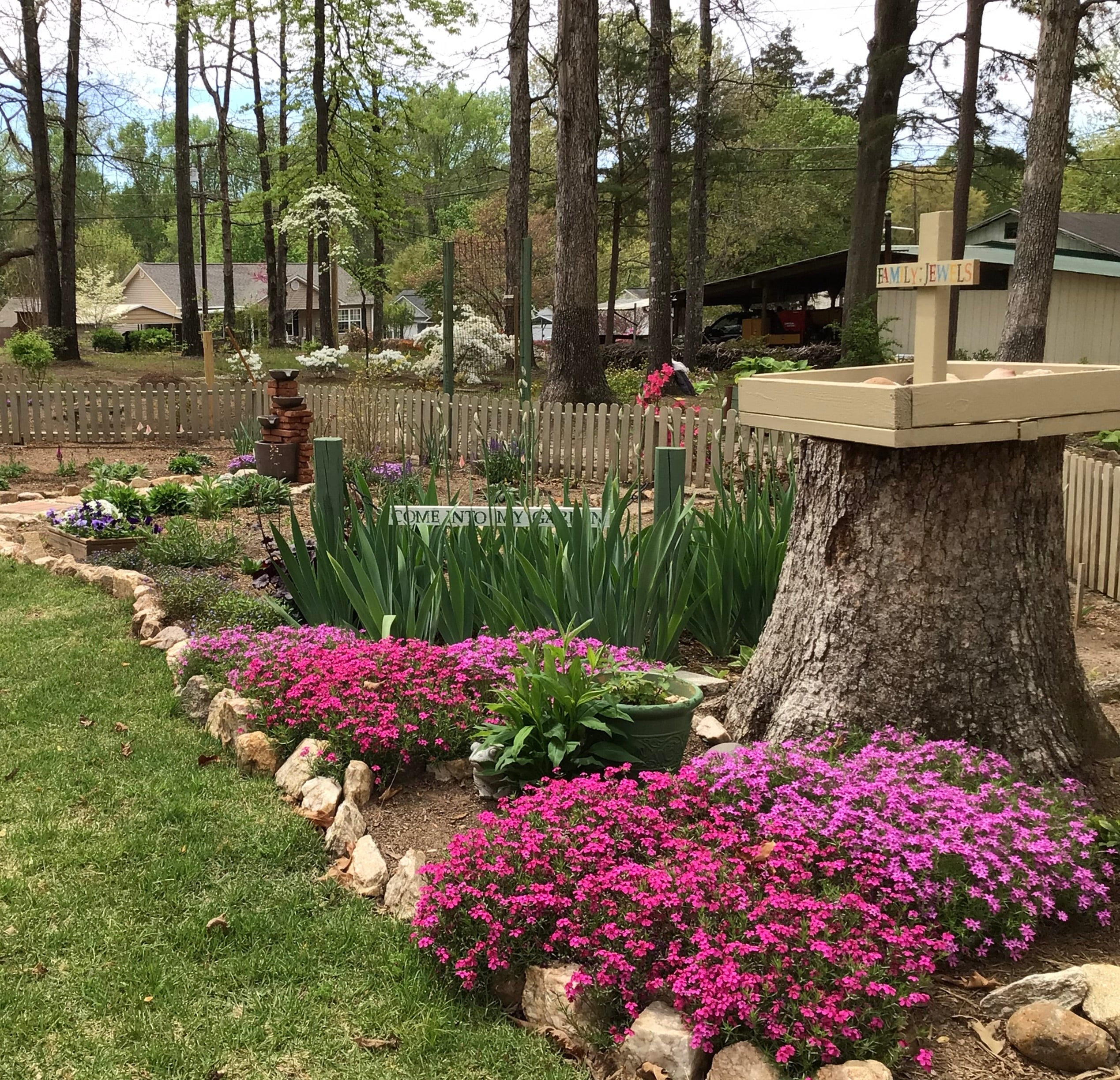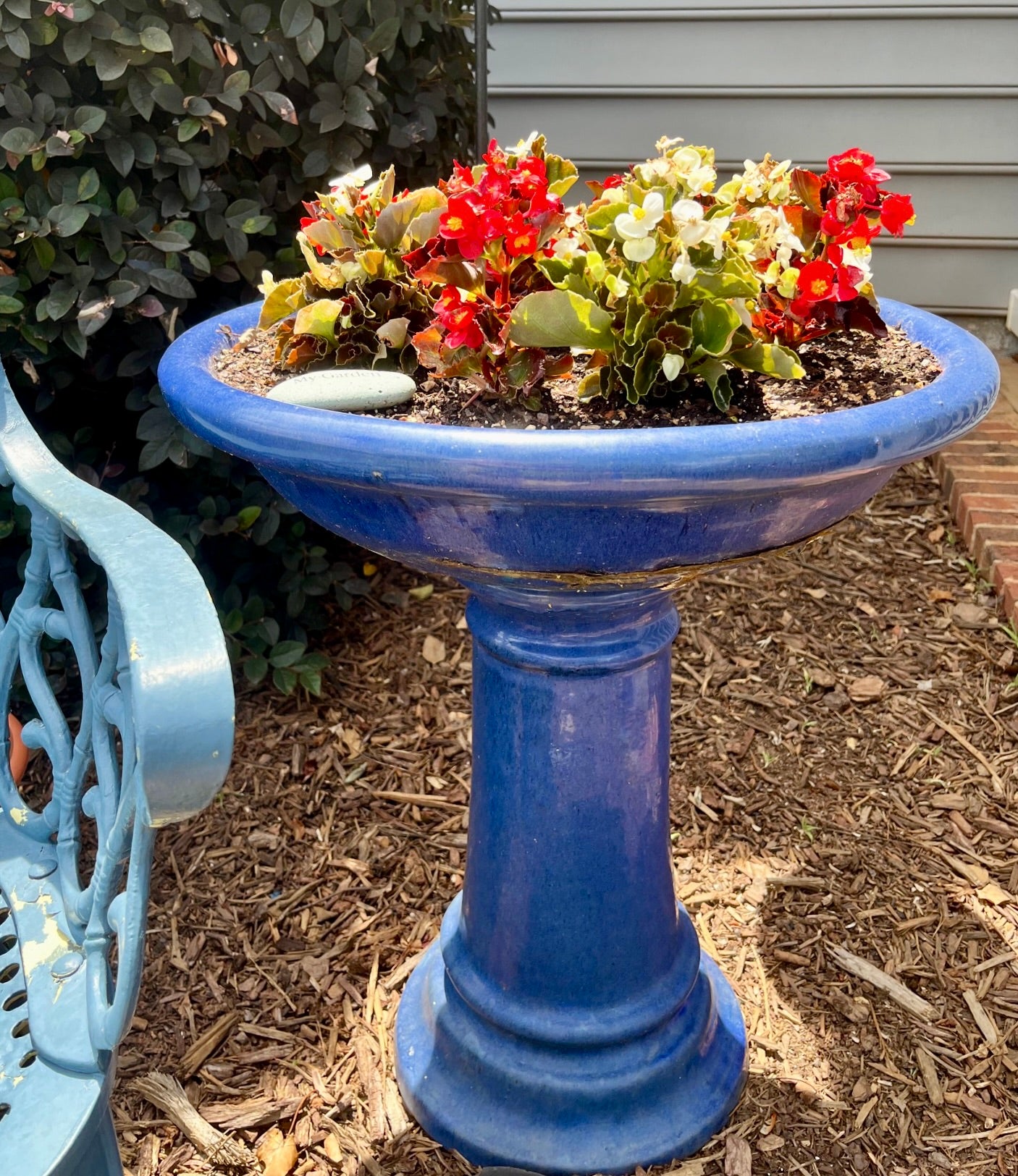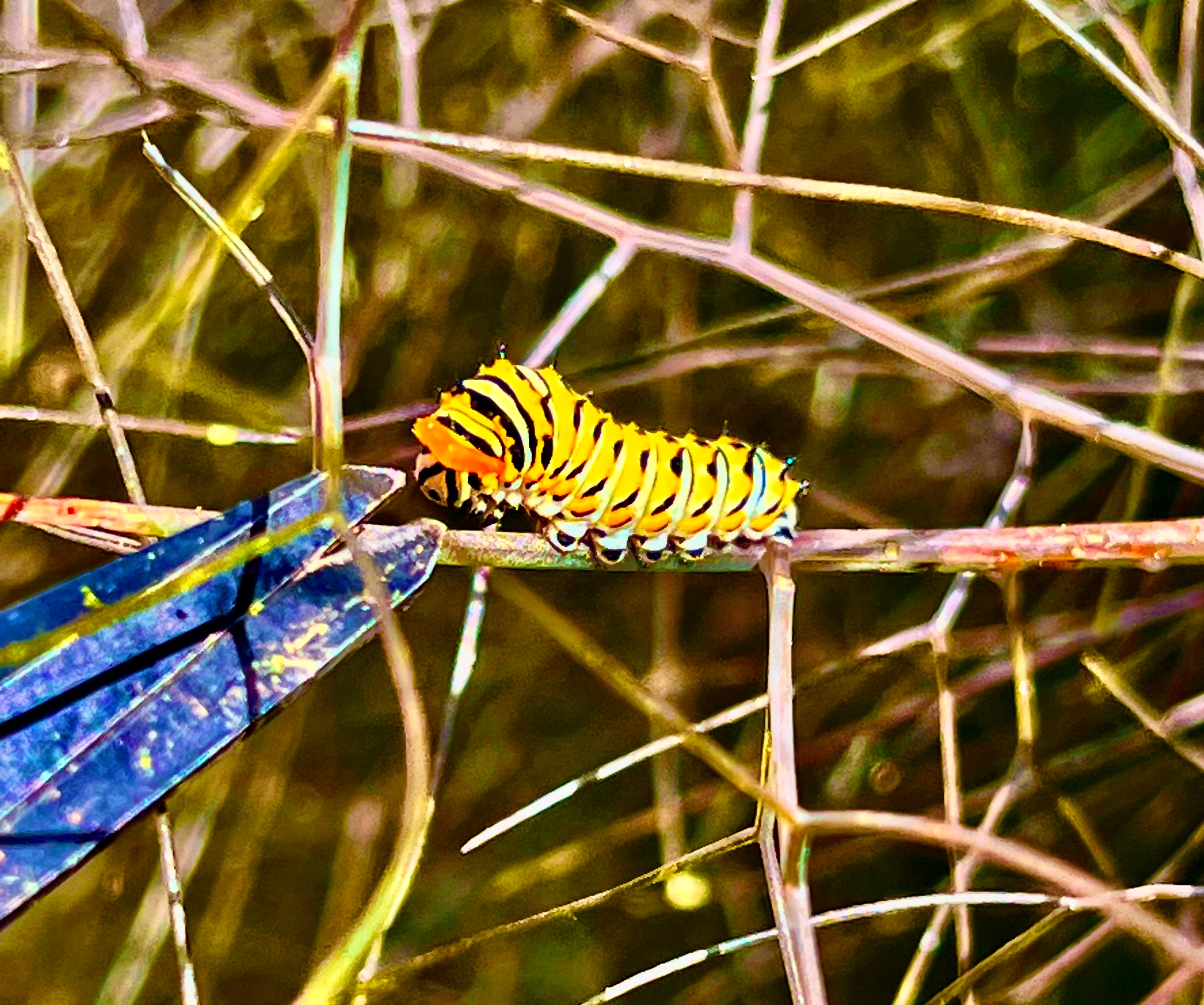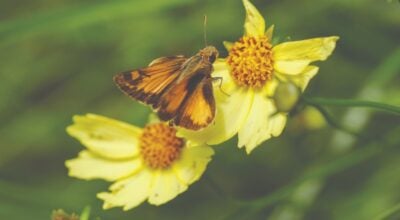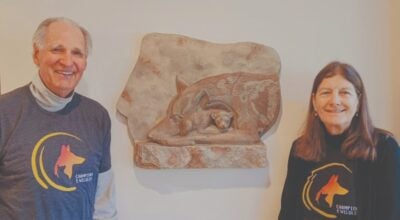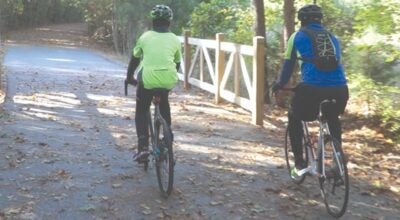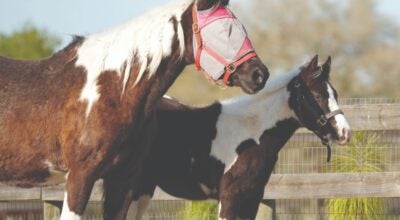Life in our Foothills July 2022 – The Art of the Backyard Summer Garden
Published 11:18 am Wednesday, July 6, 2022
|
Getting your Trinity Audio player ready...
|
There is a Chinese proverb that says, “One who plants a garden, plants happiness.”
Summertime is gardening time. The most reluctant will find ourselves wandering around a garden store, selecting a plant or two, placing the blooms in a pot to enjoy on our patio. But I want to find some real gardeners, the kind of gardeners who are up in the cool morning hours tending their flowers, vegetables, and shrubs, those with the green thumbs who just seem to know the things that plants need and want.
My first stop is the home of my sister, Lucy Hoyt. Lucy studied to become a master gardener when living in Florida. Her front porch greets visitors with welcoming blooms. The bees are buzzing, and butterflies flit around the colorful butterfly bushes. Today she’s been watching her fennel plant. It’s filled with tiny eggs. A few plump yellow and black caterpillars, maneuvering through the leaves, will soon be swallowtail butterflies.
“They love the fennel. They will eat it and some people think they’re killing the plant. But it comes back,” she tells me. “Let me show you a trick.”
Lucy places a pair of scissors right in the path of a caterpillar inching its way along the plant. Suddenly, I see little red horns protruding from his head. “That’s his protection,” she tells me. “When another insect gets close and threatens him, this orange barrier pops out. It has a smell that warns the attacker off.”
She shows me her bright orange milkweed plants. “These will soon be covered with Monarch eggs and caterpillars. They strip the plants but again, it will come back.”
I notice Lucy’s lawn is filled with plenty of clover. “Bees need the clover,” she smiles. “It helps them pollinate plants. Without bees and pollination, we would have very little to eat. I’m happy to see grass filled with white clover. You’ll always find happy bees settling on the little blossoms.”
Lucy and I decide to wander through her neighborhood. She wants to show me some raised vegetable gardens. One of the nearby residents, Bill Prince, has established a community garden on his lot. After building the raised beds, he offered spaces to the other local gardeners. The plots are now overflowing with fresh lettuce, potato plants, eggplant, budding broccoli, and other favorites. The growers share their produce with each other as the spaces produce plentiful offerings. Lucy remembers, “Some church community gardens in Tampa raised vegetables for donations to food banks.”
We came across a delightful herb garden. Lucy explains, “Paula Ball decided this circle was an unused patch of dirt and thought an herb garden would be inviting. If you’re planning dinner and need a special herb, it’s right here for you to snip and add to your recipe.” I notice the colorful, painted stones identifying each flourishing herb.
It’s fun to discover, walking through a neighborhood, what’s around the next bend in the road. We peek over the fence in Paula’s yard and discover her eye-catching English country garden.
Paula is a North Carolina Master Gardener. At first glance, her flowers seem to be in a casual array. But she has carefully planned it out with smaller things first, followed by medium height plants, finishing with some taller shrubs. The result is an engaging combination of flowers, creating a graceful country-style garden.
As we continue our stroll, we stop for a visit and chat with Jeff And Lee Gossett. Jeff has created a variety of flowerbeds to assure that something is always in bloom during the spring and summer, providing nectar and pollen throughout the growing season. The Gossetts have an extended lot that wraps around the house. The formal gardens are reminiscent of public botanic gardens. I question Jeff about a tree with unusual blossoms. He responds, “That’s called an Edgeworthia tree. It’s an early bloomer and is perfect for the bees who’ve been waiting for blossoms.” We thank Jeff and Lee for the tour and I wander across their yard to a neighbor. Not yet ripe green raspberries are emerging from a prickly bush. I decide this neighborhood is a haven for all kinds of gardeners.
My next stop is a few blocks over to visit with Cynthia and Bill Warren, who purchased a fixer-upper house several years ago. They worked diligently on the inside of the dwelling. Then, Cynthia tackled the acre-and-a-half, heavily wooded yard. “I’d rather be outside than inside,” she grins. “I first began raking up the multitude of leaves that dropped from all these trees in the fall to use for mulch. Then we began the task of removing 35 trees. We still have around 40 trees. I wanted a park-like setting. Bill loves recycling discarded lumber and pallets that he finds at building sites, so he’s been busy building benches and planters for me.”
We amble around the path as she continues describing her master plan. “I made an effort to plant flowers, vines and shrubs that benefited the hummers, butterflies, birds and bees which include coral honeysuckle, beautyberry shrub, black-eyed Susans, zinnias, daisies and coreopsis. I use many natives in my garden. My rule against the use of pesticides of any sort is based on my plan to have my garden certified with the National Wildlife Federation by the end of the summer.”
I noticed some plants that at one time I might have called weeds. “Well,” she admits. “I saw some things coming up and decided to let them grow. Now I call them wildflowers,” she laughs. “And one is an unusual medicinal plant called Wild Quinine.”
Clouds are gathering so I bid goodbye to Bill and Cynthia. It’s time to head home.
A few years ago we moved to a senior living community. In a setting designed for residents that could be considered “elderly,” you might not expect to discover active gardeners. However, once a gardener, always a gardener. Most of the cottages here sport flowers to brighten porches, mailboxes, and windowsills.
Dee White’s colorful spring Iris garden is always a welcome sign of the warm weather to come. When her shiny blue birdbath no longer held water, she transitioned it into a delicate planter. Dee surrounds her house with plantings and enjoys a welcoming environment for bees, chipmunks, squirrels, bright red cardinals and little Carolina wrens.
There are more than just flowers here at our senior living complex. Bob Smart is an industrious vegetable farmer. Three years ago, at age 84, he decided to grow a vegetable garden. He describes his work.
“I planned a plot to be about 20’ x 40’. It was covered with trees and heavy brush so my first task was to remove it all. Next, the soil was hard red clay. I dug it all up with a shovel. Then I moved into the woods to dig up the dark soil created by fallen leaves. I tilled this into my garden before I started to plant. I grow summer and winter produce.” Bob is also a cook, so he is often called on to share his gardening and cooking skills for family gatherings.
Audrey Hepburn once said, “To plant a garden is to believe in tomorrow.” I’ve enjoyed my summer quest, meeting gardeners and viewing their lovely creations. It takes a dream, hours of effort, and that all-important “green thumb” to caretake a garden.


